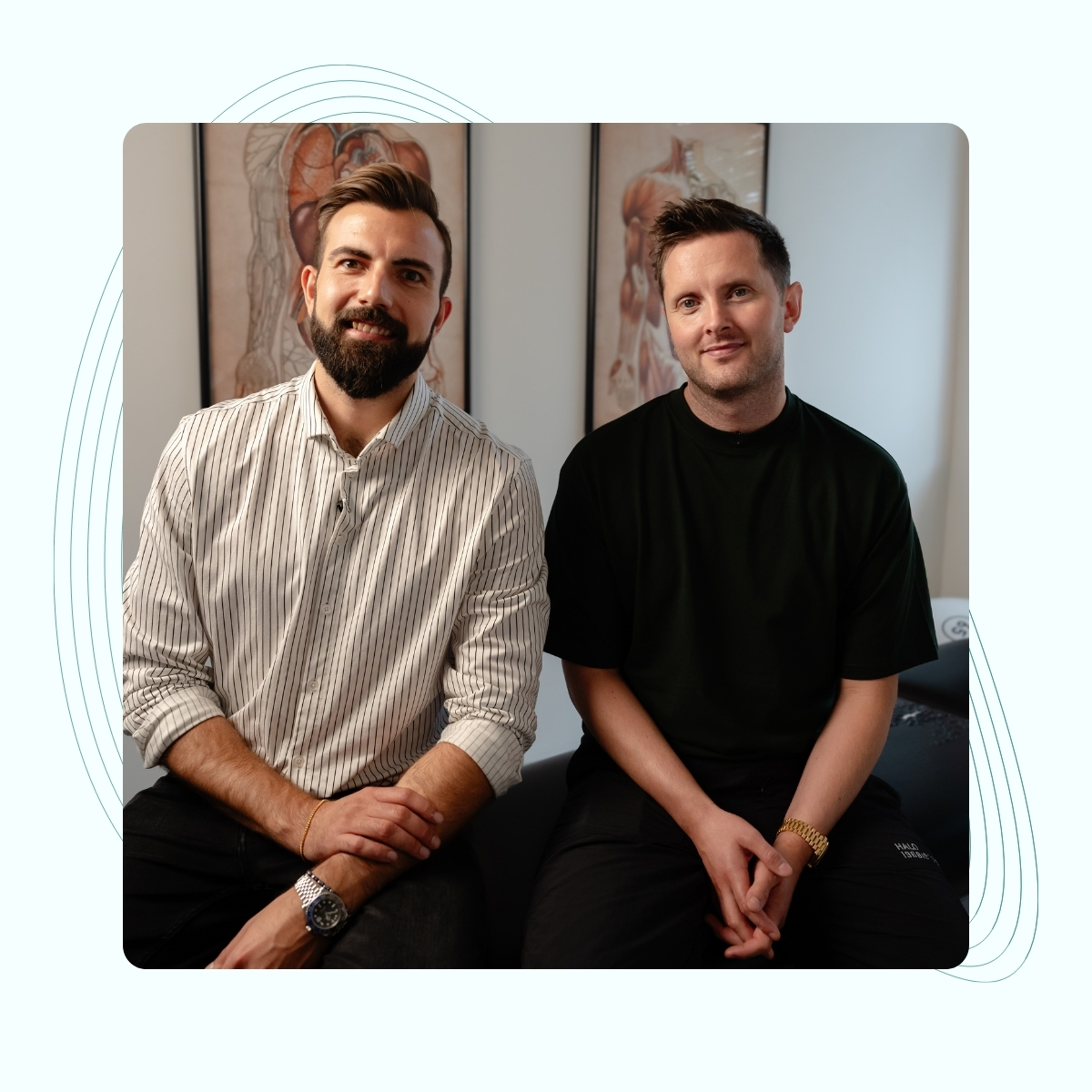
Dive into our world
What is osteopathy?
An “osteopathic” beginning
Osteopathy, a therapeutic discipline steeped in holistic philosophy and hands-on techniques, exists at the fascinating intersection of traditional and contemporary medicine. Pioneered by Dr. Andrew Taylor Still in the late 19th century, osteopathy pivots on the idea that the body is a unified whole, capable of self-healing when granted the right environment and care. This 500-word primer unveils the essence of this profound healthcare approach.
The osteopath way
Fundamentally, osteopathy is a type of alternative medicine that emphasizes physical manipulation of muscle tissue and bones. Its practitioners, known as osteopaths, focus on the concept of ‘body unity’, believing that all parts of the body are interconnected and that disturbances in one area can affect function elsewhere. Thus, the treatment is not merely about addressing symptoms but delving deeper into the root cause of the problem, aligning the body’s structure with its function to facilitate recovery.
Unlike many other forms of healthcare, osteopathy takes a patient-centric approach, where individual lifestyle, habits, and health history become crucial elements in the design of personalized treatments. It’s about understanding your body, your wellbeing, and your daily routines. In this way, an osteopath doesn’t merely act as a healer, but also as an educator, imparting knowledge about body awareness and self-care.
Wanna know more?
We’re here to help

The osteopath’s philosophy
The therapeutic reach of osteopathy is extensive, providing relief for a range of issues, from common aches and pains, sports injuries, to more chronic conditions such as arthritis, digestive issues, and even circulatory problems. The techniques employed in osteopathy range from soft tissue massage, joint mobilization, muscle energy techniques, to high-velocity thrusts, often known as manipulation. The careful application of these techniques aims to restore balance within the body, enhancing mobility, alleviating pain, and improving overall health.
An essential cornerstone of osteopathy lies in its preventative approach. By understanding the body’s structure and function, osteopaths can often detect conditions in their early stages and provide interventions that can prevent the development of more serious issues down the line. This proactivity not only contributes to improved health outcomes but also drives greater long-term health cost efficiencies.
The holistic approach
While osteopathy shares some similarities with other disciplines like chiropractic and physiotherapy, its distinctive holistic and proactive approach sets it apart.
By viewing the body as an integrated whole, it fosters a more comprehensive understanding of health and disease.
Furthermore, the focus on patient education empowers individuals to actively participate in their healing process, cultivating a better quality of life.
In conclusion, osteopathy champions a unique blend of hands-on treatment, lifestyle advice, and patient empowerment. Its ability to look beyond symptoms, addressing the body as an interconnected system, positions it as an attractive approach for those seeking a comprehensive and proactive way of managing their health. It serves as a powerful reminder that the journey to wellbeing is not about masking discomfort, but rather understanding, addressing, and preventing it – a testament to the enduring wisdom of the human body.
Got some questions about osteopathy?
We might got some of them covered here below, otherwise feel free to reach out.
Can osteopathy help manage chronic pain conditions like fibromyalgia or arthritis?

Osteopathy can play a significant role in managing chronic pain conditions such as fibromyalgia and arthritis. While it may not cure these conditions, osteopathic treatment focuses on improving the body’s structural mechanics, reducing muscle tension, enhancing circulation, and promoting overall well-being. By addressing underlying musculoskeletal imbalances and improving joint mobility, osteopathy can help alleviate symptoms, reduce pain, and improve the quality of life for individuals living with chronic pain.
Can osteopathy help with headaches and migraines?

Yes, osteopathy can often help with headaches and migraines, especially those that originate from or are influenced by musculoskeletal issues in the neck, upper back, and head. Osteopaths use gentle techniques to release tension in these areas, improve joint mobility, and reduce nerve irritation. By addressing the root causes of the headaches, osteopathic treatment can help decrease the frequency, intensity, and duration of headaches and migraines.
How long does an osteopathic session typically last?

The duration of an osteopathic session can vary, but generally, an initial consultation is longer, lasting anywhere from 45 to 60 minutes. This extended time allows for a detailed case history and thorough examination. Subsequent follow-up sessions are usually shorter, typically ranging from 30 to 45 minutes. The exact length depends on the complexity of your condition and the specific techniques the osteopath employs during the treatment.
What is the difference between osteopathy vs chiropractor?

While both osteopaths and chiropractors use hands-on techniques to address musculoskeletal issues, their foundational philosophies and scope of practice differ. Osteopaths, particularly Doctors of Osteopathic Medicine (DOs), are fully licensed physicians who can diagnose and treat a wide range of conditions, prescribe medication, and perform surgery, in addition to using manual therapy. Their approach is holistic, considering how the entire body’s systems interact. Chiropractors, on the other hand, primarily focus on the spine and nervous system, often using adjustments to correct misalignments. Their training is typically not as broad as that of a DO, and their scope of practice is generally limited to musculoskeletal conditions without the ability to prescribe medication or perform surgery.
What happens during the first osteopathic consultation?

During your initial osteopathic consultation, the practitioner will begin by taking a comprehensive medical history. This involves asking detailed questions about your current symptoms, past medical conditions, lifestyle, and any relevant injuries or surgeries. This thorough discussion helps the osteopath understand your overall health picture and how different aspects of your life might be contributing to your discomfort. Following the discussion, a physical examination will be conducted. This typically involves observing your posture, assessing your range of motion, and using hands-on palpation to identify areas of tension, restriction, or imbalance in your body. The osteopath will then explain their findings and discuss a personalized treatment plan tailored to your specific needs and goals. Treatment may begin during this first session.
What should I wear to my osteopathy session?

For your osteopathy session, it’s best to wear comfortable, loose-fitting clothing that allows for ease of movement. This enables the osteopath to properly assess your posture and movement patterns, and to apply various hands-on techniques without restriction. You may be asked to remove some outer layers of clothing, so wearing appropriate undergarments is also advisable. If you’re unsure, your osteopath can provide specific guidance.
What is a Doctor of Osteopathy?

A Doctor of Osteopathy, or DO, is a fully licensed medical doctor in many parts of the world, including the United States. They attend osteopathic medical schools where they receive comprehensive training in all aspects of medicine, including diagnosis, treatment, surgery, and prescribing medications. What distinguishes a DO is their additional training in osteopathic manipulative treatment (OMT), a hands-on approach to care. This allows them to use techniques to diagnose and treat health problems by addressing the body’s structure, such as muscles, bones, and joints, believing that this can improve overall health and function. They emphasize a holistic view, considering the patient’s lifestyle and environment in their care.



